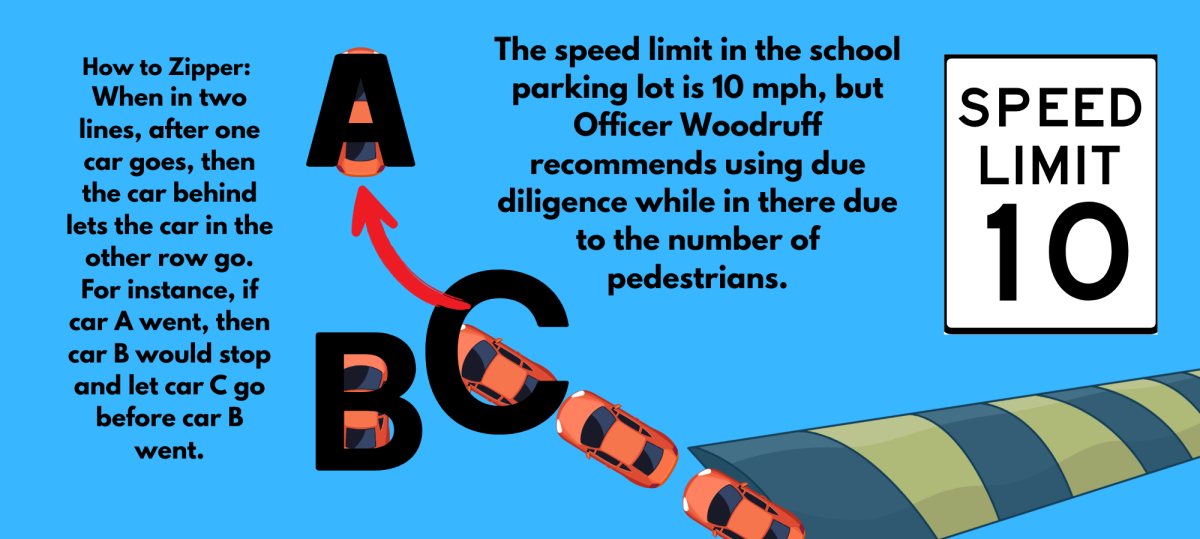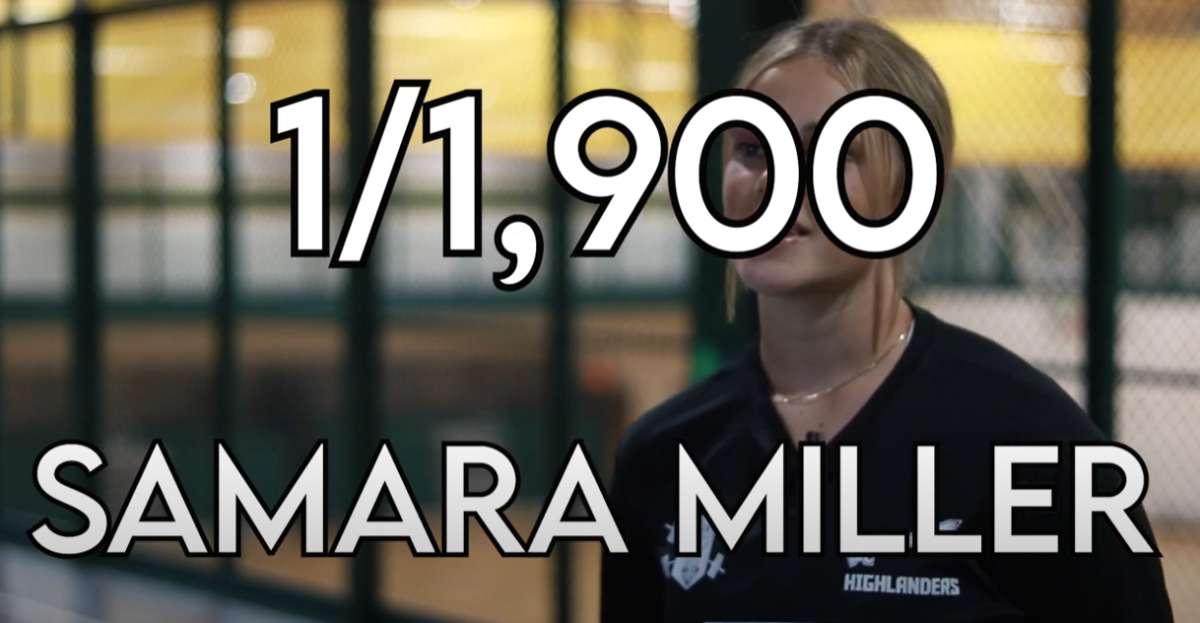 This September will be 17 years since Suzanne Collins’ The Hunger Games came out. Upon release, this book was a major success, gaining two sequels and four movie adaptations within 7 years, as well as kicking off the dystopian era of the early 2010s. After the final film adaptation was released in 2015, there was radio silence from the world of Panem, and the hype around The Hunger Games died out.
This September will be 17 years since Suzanne Collins’ The Hunger Games came out. Upon release, this book was a major success, gaining two sequels and four movie adaptations within 7 years, as well as kicking off the dystopian era of the early 2010s. After the final film adaptation was released in 2015, there was radio silence from the world of Panem, and the hype around The Hunger Games died out.
That was until Collins released a prequel in 2020 called Hunger Games: The Ballad of Songbirds and Snakes, which followed a young Coriolanus Snow and his rise to power during the tenth Hunger Games. And now, 5 years later, we return to Panem again in Hunger Games: Sunrise on the Reaping.
In Sunrise on the Reaping, we follow a 16-year-old Haymitch Abernathy, who is reaped in the 50th games. Since it is Panem’s second Quarter Quell, there is a catch: this year, there are twice as many tributes. Going into the Games, Haymitch knows his odds are not good; he is destined to fail. But going into the arena, he wants to fight and to continue that fight outside of the arena.

At first, there was a lot of discourse surrounding a novel based on Haymitch’s games, as it seemed unnecessary since it was touched upon in Catching Fire, and we already knew how it would end: Haymitch wins, and his family and girlfriend are killed back home.
I would argue the exact opposite. Knowing the outcome makes the book hit at least ten times harder, and watching Haymitch slowly become the character we recognize in The Hunger Games is devastating.
Going into the novel, I was prepared for a sassy, troublemaker Haymitch, akin to Katniss Everdeen in the original book. Instead, I got someone full of love and hope, and watching this man, who we know t
o be an angry drunk, like that was heartbreaking. Each page gives us a new character to get attached to, even though we know that for Haymitch to win
, they have to die. For example, 12-year-old Ampert, one of the District 3 tributes, reminds Haymitch of his brother Sid. This parallels how District 11 tribute Rue reminds Katniss of her sister Prim.
Another character I got way too attached to is Lenore Dove, Haymitch’s girlfriend, and the only young Covey to be shown with the naming convention. Throughout the novel, the thought of her keeps Haymitch grounded, and the few times we see her she is full of sass and very anti-Capitol.
As with the other Hunger Games books, Collins wrote her feelings on real-world issues into Panem during Sunrise on the Reaping. This novel mostly commented on the dangers of government-
controlled media and propaganda, which is important with the United States current political climate. This can be shown during Haymitch’s Victor Ceremony, where multiple of the events we see throughout the novel are edited to show that something completely different happened.
Another issue Collins commented on is the erasure of Native Americans through the Covey. In The Hunger Games: The Ballad of Songbirds and Snakes, we are introduced to seven Covey members, but in Sunrise on the Reaping there are only two left, and two new children, Lenore Dove and Burdock Everdeen, Katniss’s father, who is stated to be distantly related, and does not share the naming convention.
This connects to The Hunger Games, where Katniss’ sister’s full name is Primrose, which could be seen as a way to secretly do the Covey’s naming convention. There is a ballad called The Ballad of Prim, and rose is a color. This is a real way Native Americans got away with using their naming conventions after being colonized.

Overall, Sunrise on the Reaping is like the missing piece to a very complicated puzzle. The way Collins is able to connect her novels, regardless of whether they came out five years ago or 15, is amazing. This novel explains why Haymitch is the way he is, and explains many of the on-page connections he has in Catching Fire. I would definitely recommend this novel for anyone who has enjoyed The Hunger Games series previously.




































